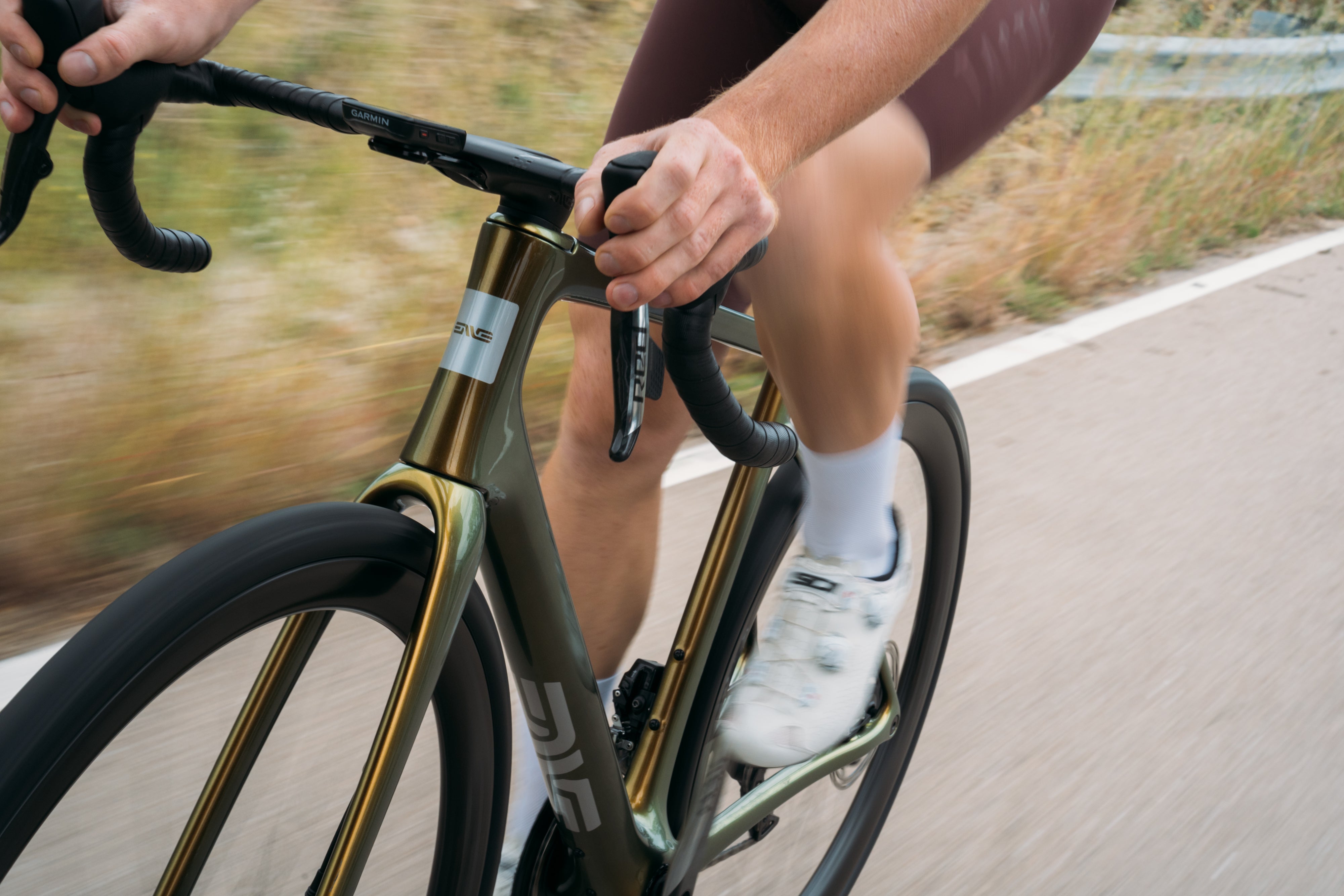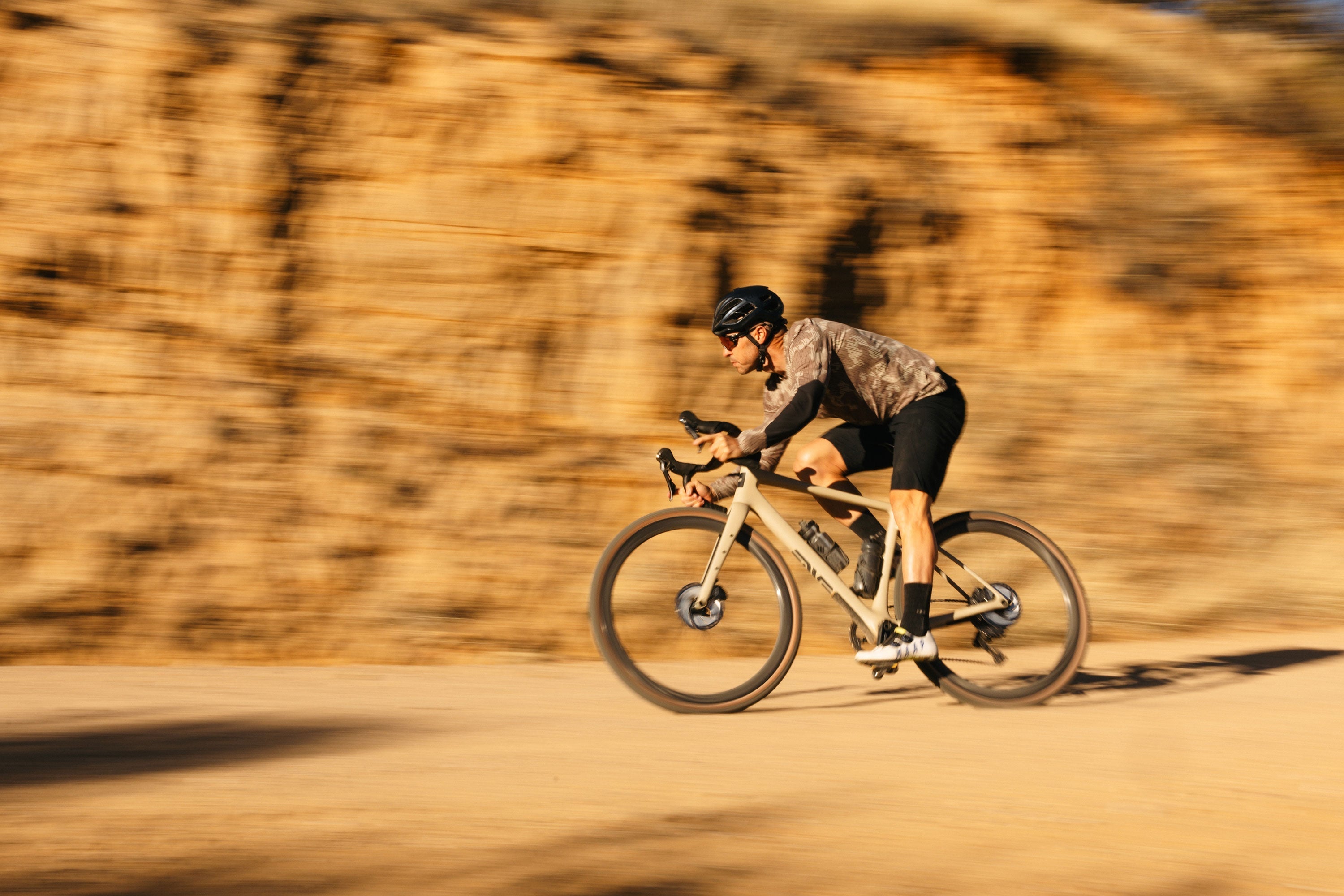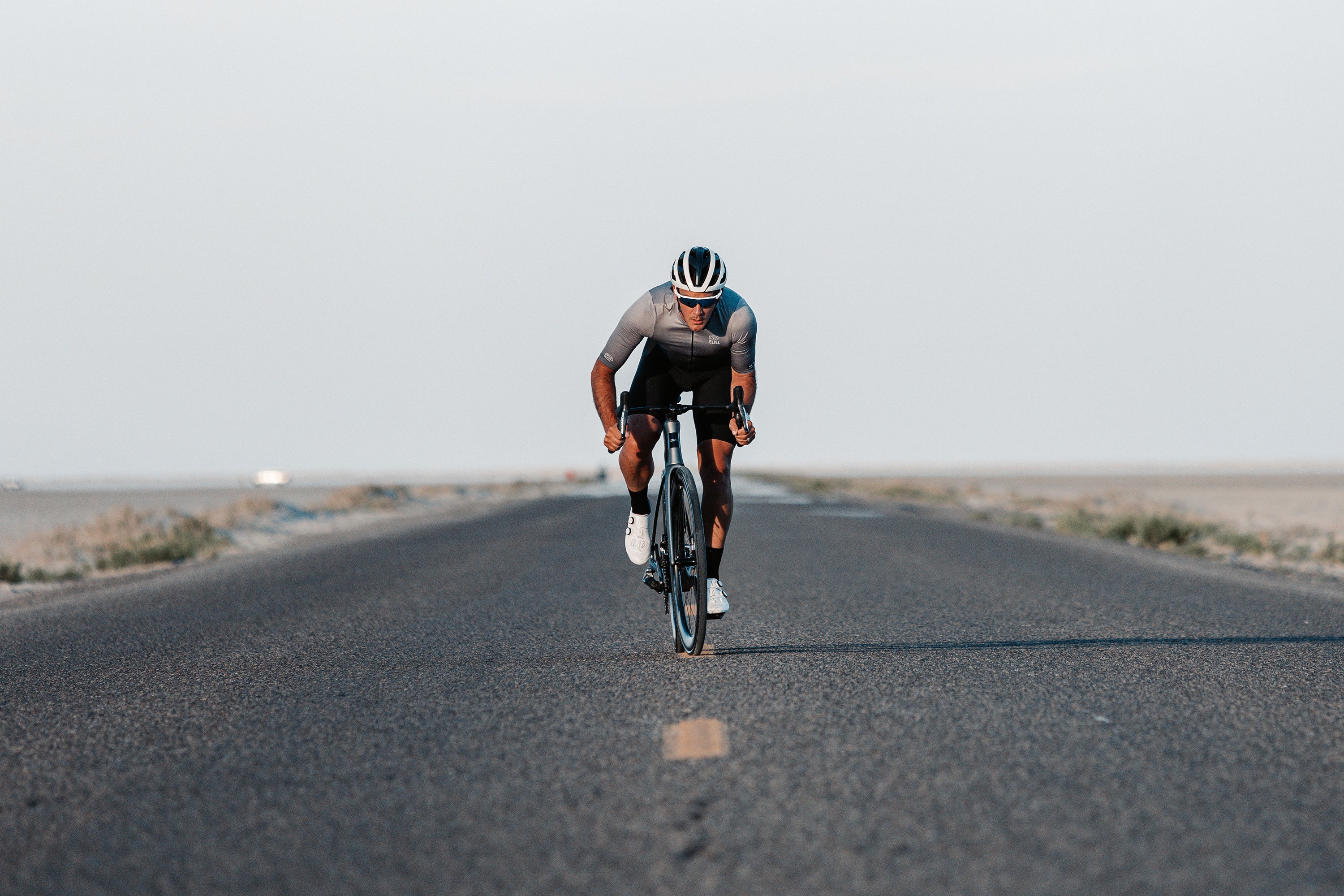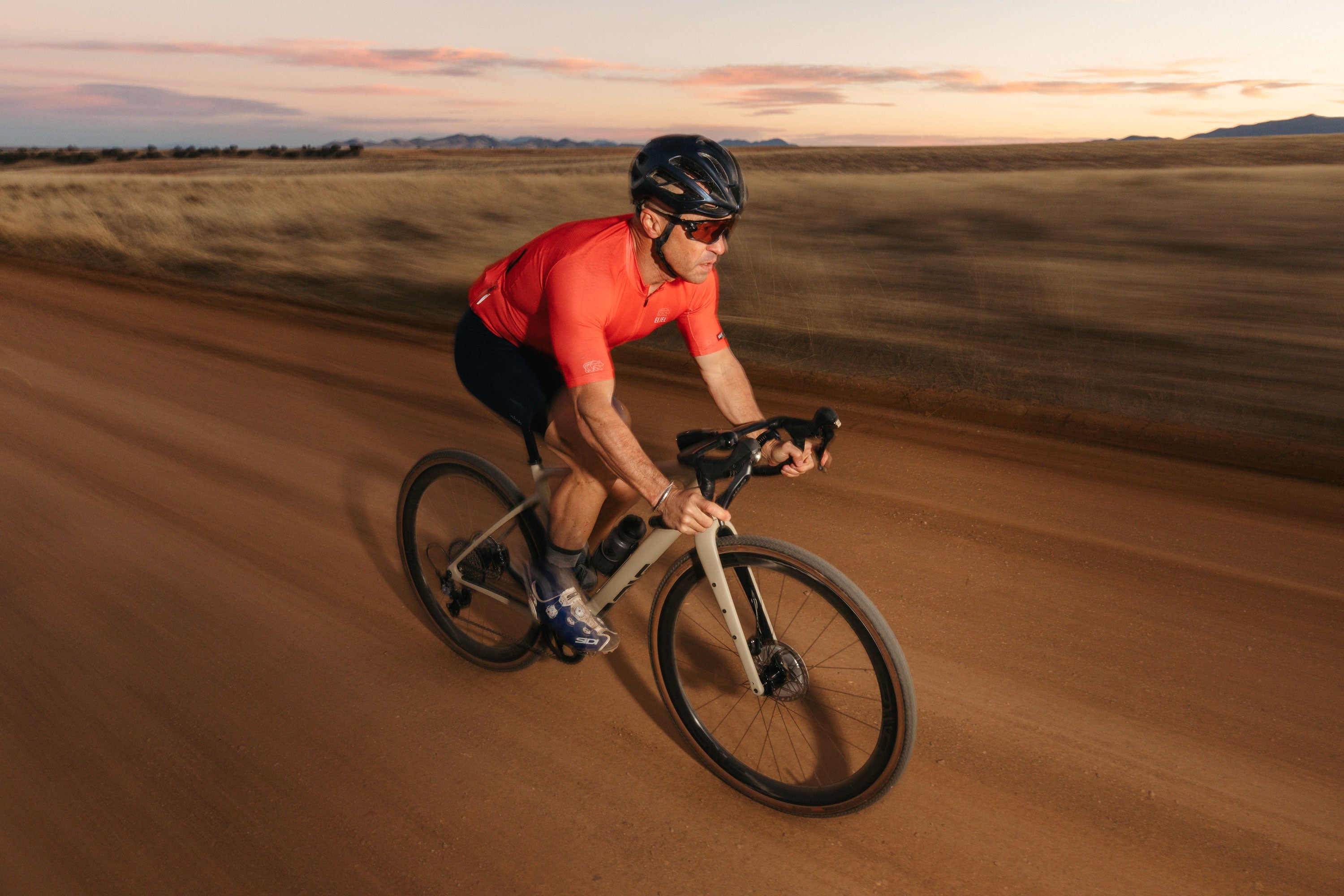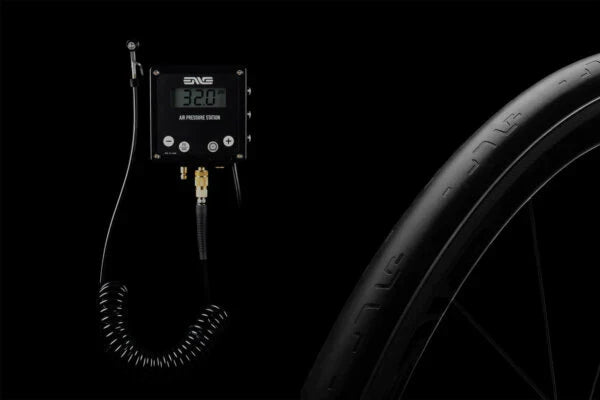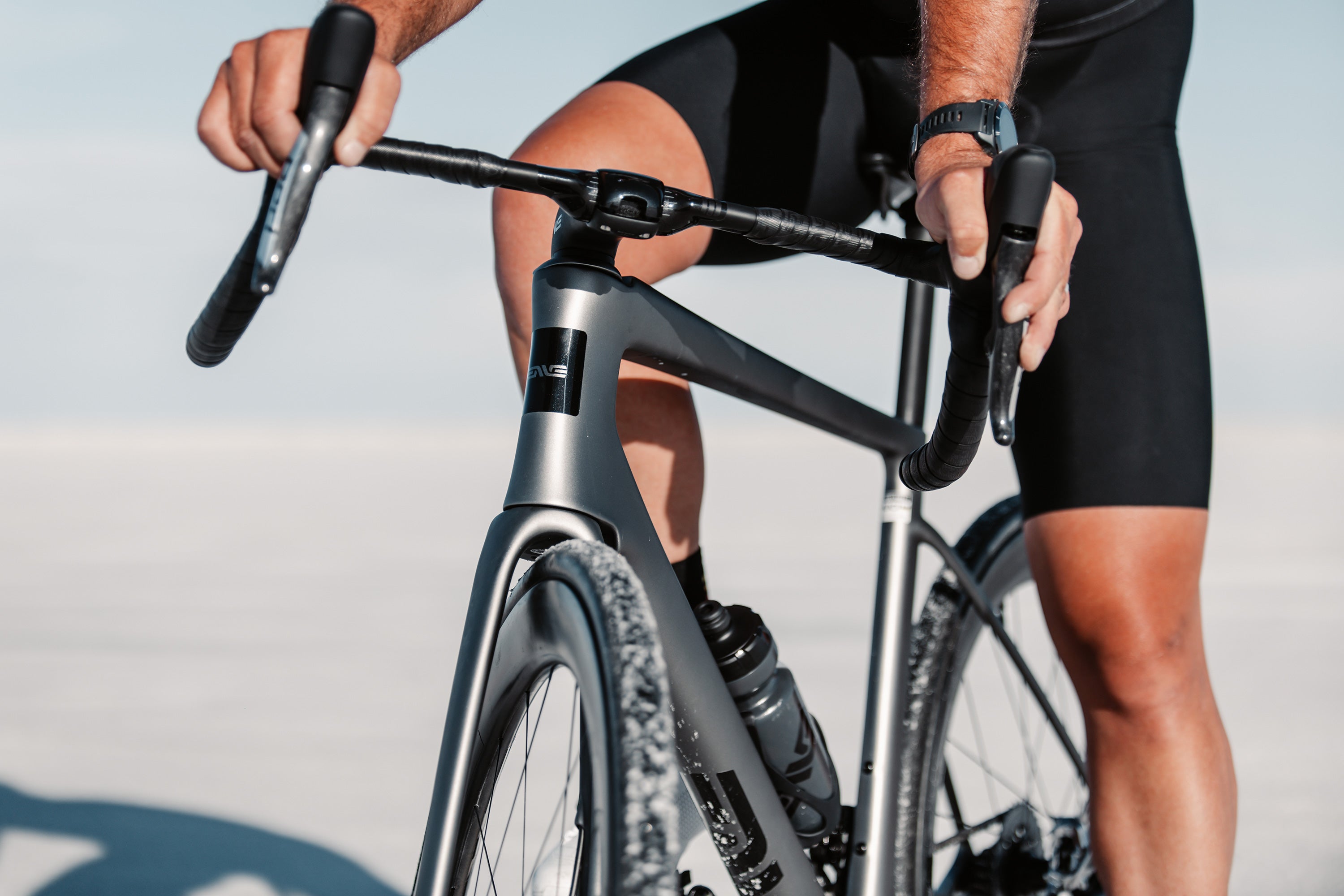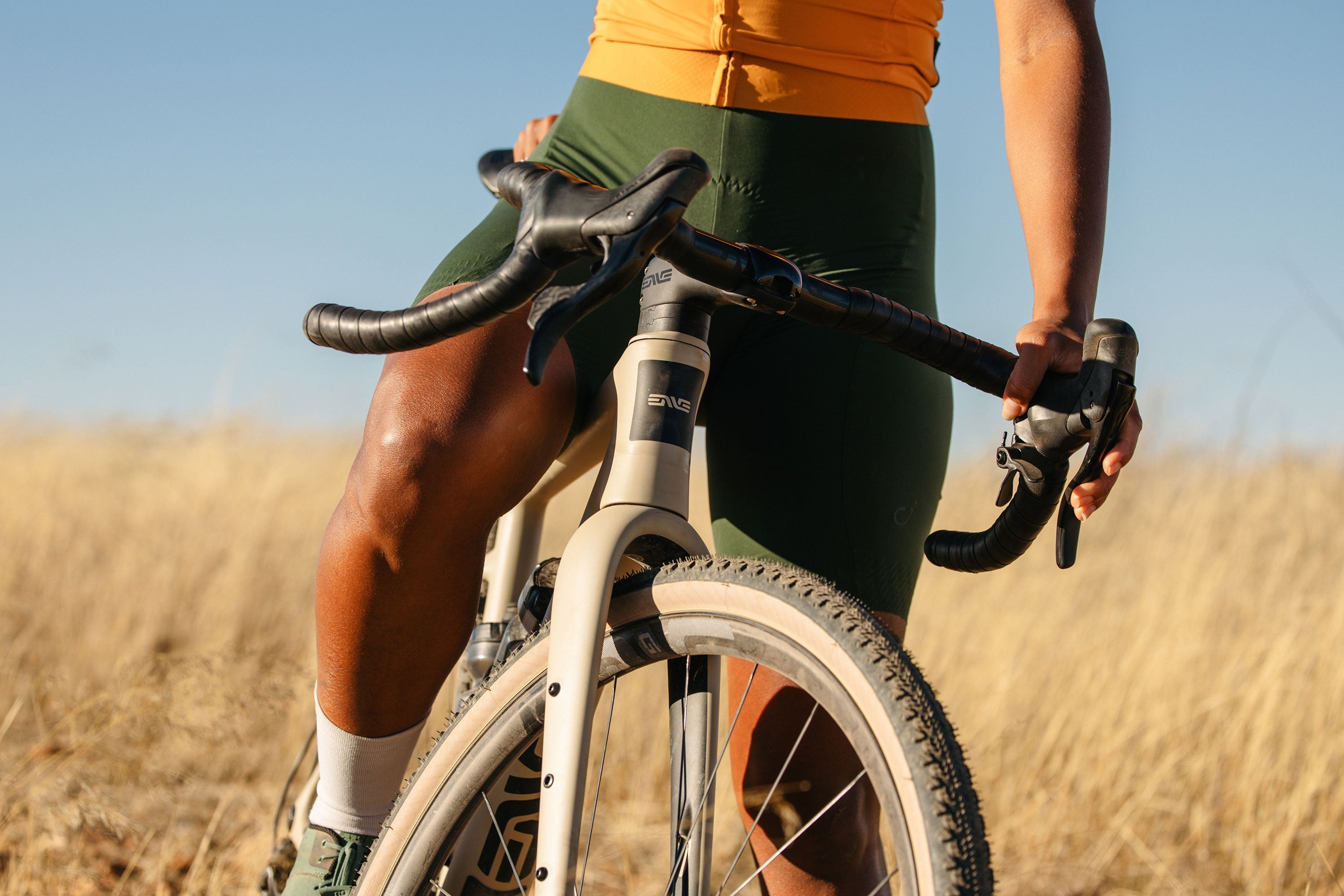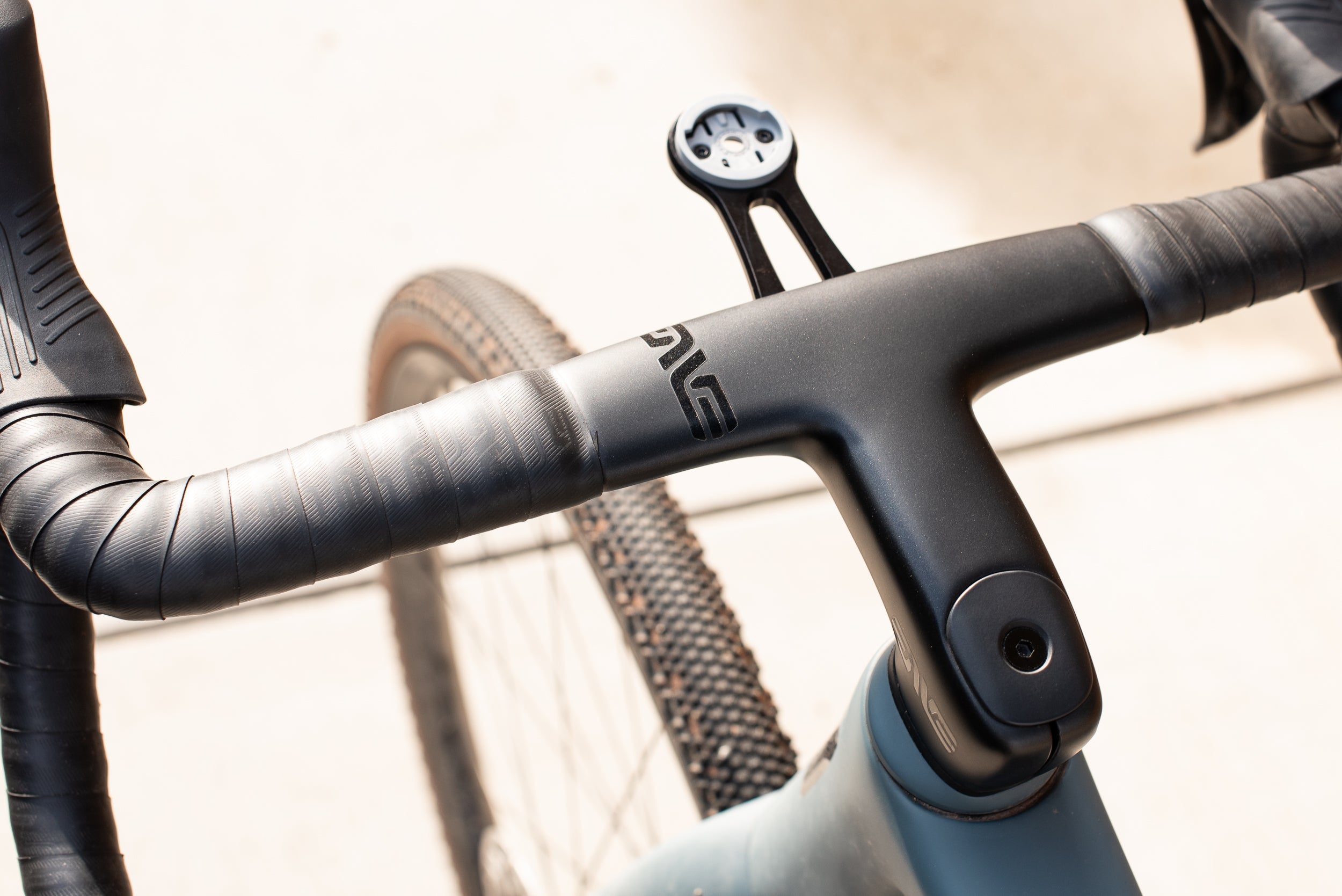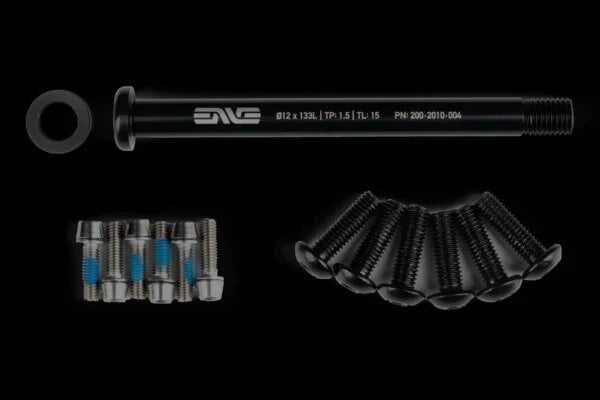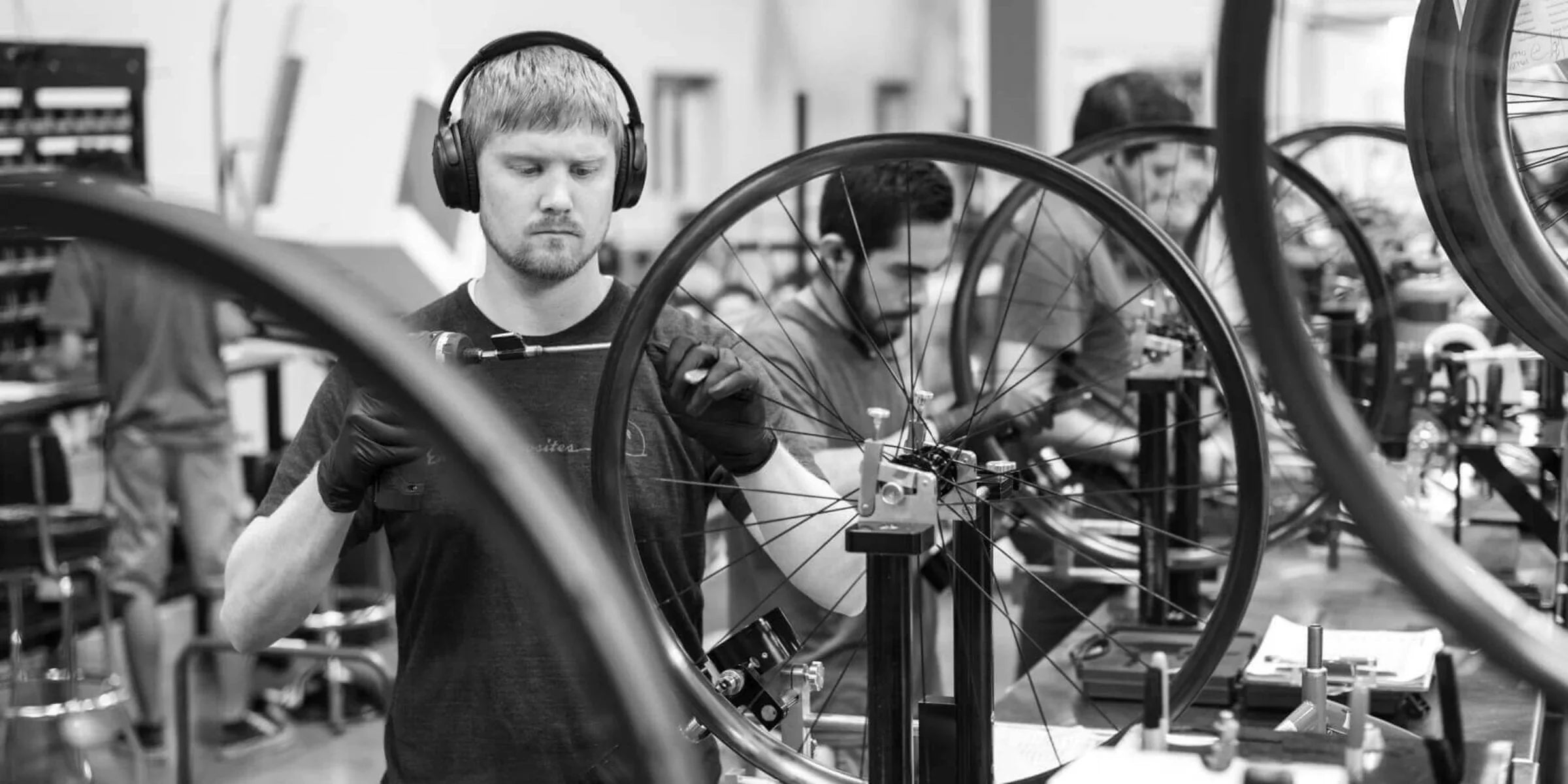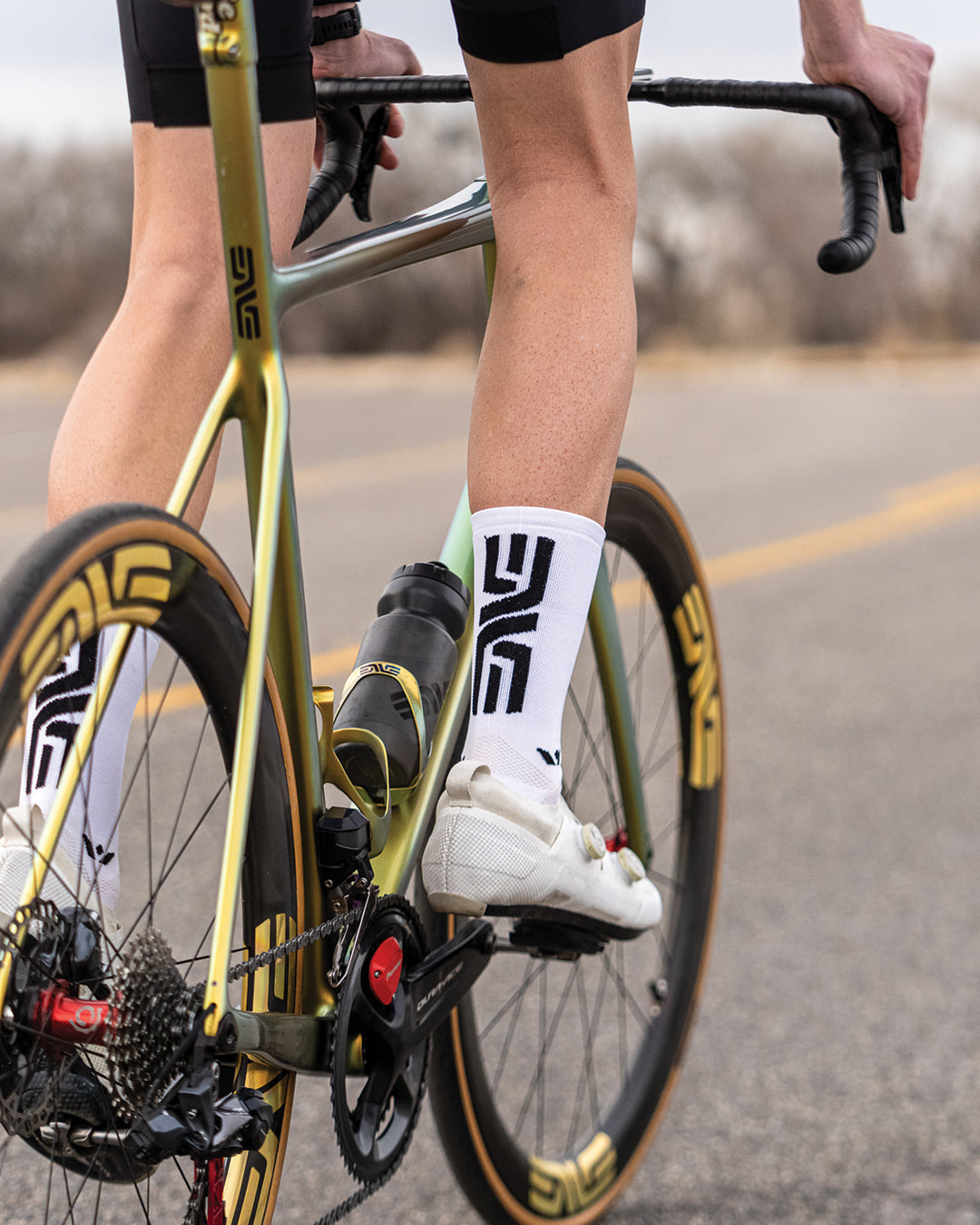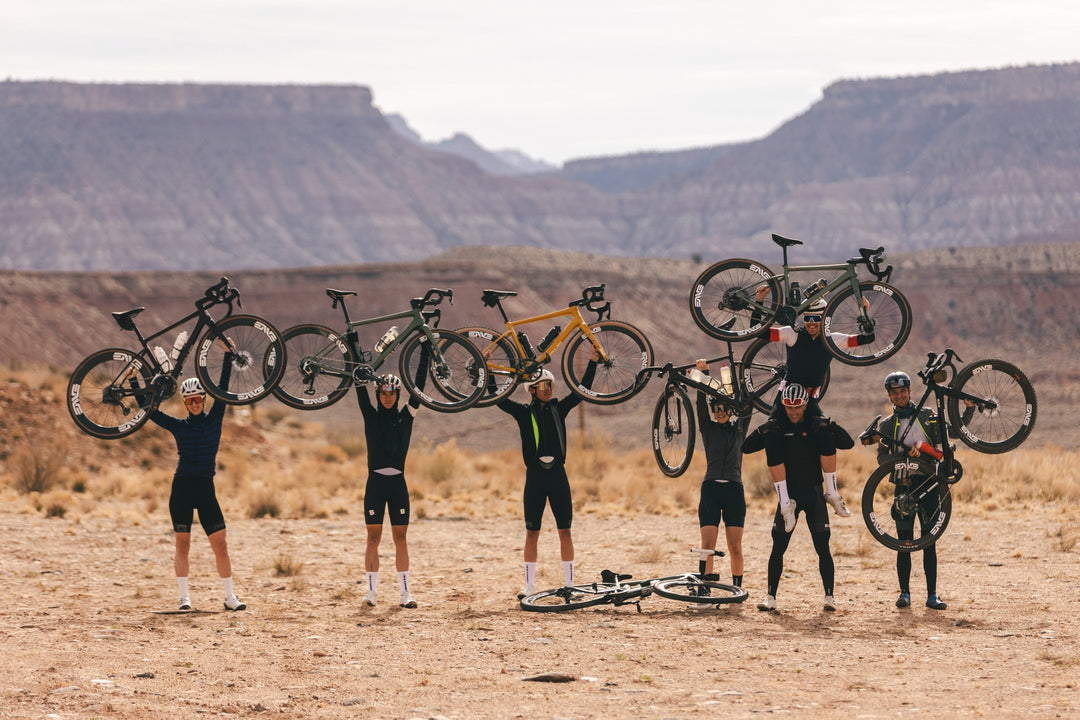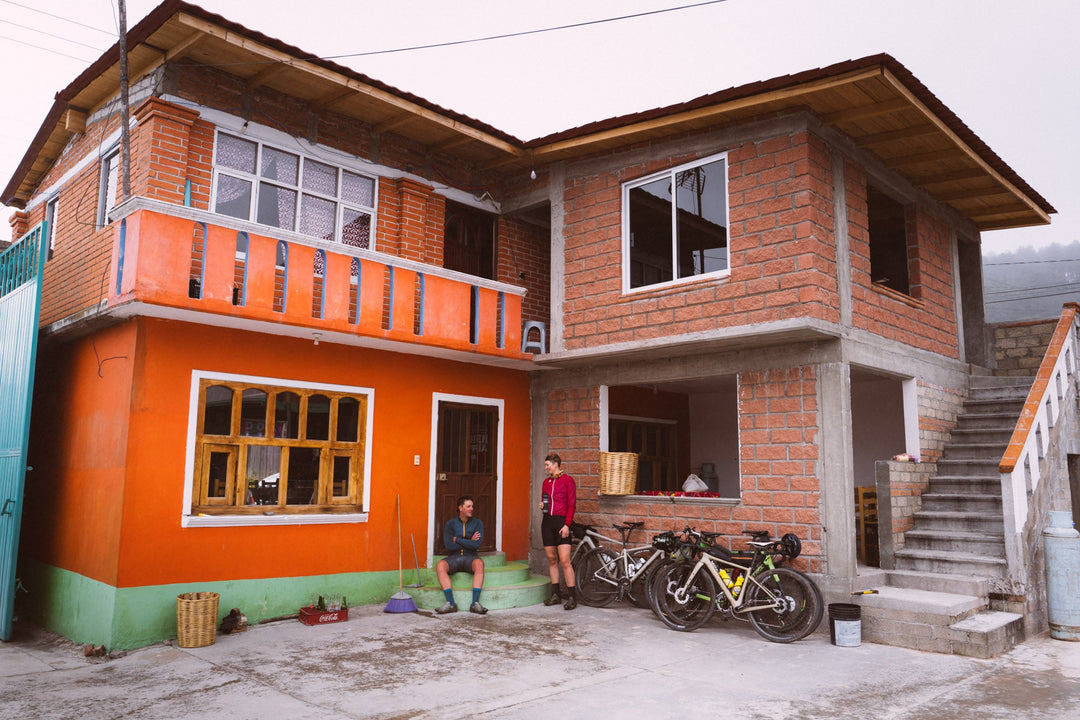James Cunnama: How to Fuel and Prepare for an Ironman Event
JAMES CUNNAMA: HOW TO FUEL AND PREPARE FOR AN IRONMAN EVENT
NOVEMBER 3RD, 2017
The nutritional challenge of Ironman is very much the fourth discipline.
It’s very difficult. I’ve got it wrong in the past. If you look back at your good races then generally those are the ones when you’ve got it right and maybe you didn’t really think about it during the race, that’s pretty much the definition of getting your nutrition right. When you’re thinking about it or worrying about it you’ve probably messed up something.
It starts two or three days before the race.
You can’t wake up on race day with your stomach full or be unable to go to the toilet. That will ruin your day at some point, even if you don’t feel it until halfway through the marathon, when it comes it’s game over. Everything that you take in, the whole day has to be considered. You’re looking at eight hours, probably 9000kcal, and you can only replace about 350kcal per hour even if you have a strong stomach. Then it’s a matter of getting the right things in that you can stomach because if one thing doesn’t sit well then you can’t get anything else in after that. You can only take water and coke in the marathon and that’s no good if you’re empty off the bike.
We train specifically to preserve the muscle glycogen in our legs.
That goes to the point that we’re not really using our legs in the swim. You don’t need your arms for the rest of the day so they can be used up. Hopefully you’re well trained and tapered so that your glycogen stores are full and then it’s a case of trying to keep them topped up as much as possible. You do have to get through the swim but then once you’re on the bike it isn’t just a case of guzzling down three gels because you’ve just got out of a salt water swim so you’ll be throwing them up within seconds.
It’s a whole plan, down to exactly what you’re sipping and when.
I’ll do 20 minutes on water, then have the first gel, then a bit of a bar but not a whole one, maybe mixing in salt tablets if it’s hot. You also have to know what’s at the aid stations – there’s no point running through the first one and taking two cups of Coke because once you’re on Coke you’ve got to take Coke from almost every aid station
My coach says Ironman is a thinking man’s sport, and it really is.
You can’t just muscle it, put your head down and go. You have to think about your pacing, nutrition, your next transition… You appreciate the night before an Ironman the level of logistics that goes into one race. It’s become fairly automatic now, especially with a 70.3. I know exactly what I’ll have and when. Ironman is still a lot of logistics – you have three bags to prepare and two of them you have to check in the night before but it does become more comfortable. I’ve done close to 40 Ironmans now so I’ve got a pretty good idea of what I’m doing. You run through your checklist and then do it again. You hear stories of people who get to T2 and realise they left their shoes out of their run bag and you laugh but you can also understand it.
These things are all part of the challenge that attracted me to triathlon.
I was a runner before and it was simple: you put your shoes on and you run. If it’s a race, you pin a number on and that’s about the extent of the difference from training. I got into triathlon and it really challenges you in every way: physically, of course, but also mentally with the concentration required, and even emotionally because of the highs and lows that you experience through the day. It’s so much to get right and I don’t think I’ve got it all right yet. If I win Kona one day that will be when I’ve got it all right.


